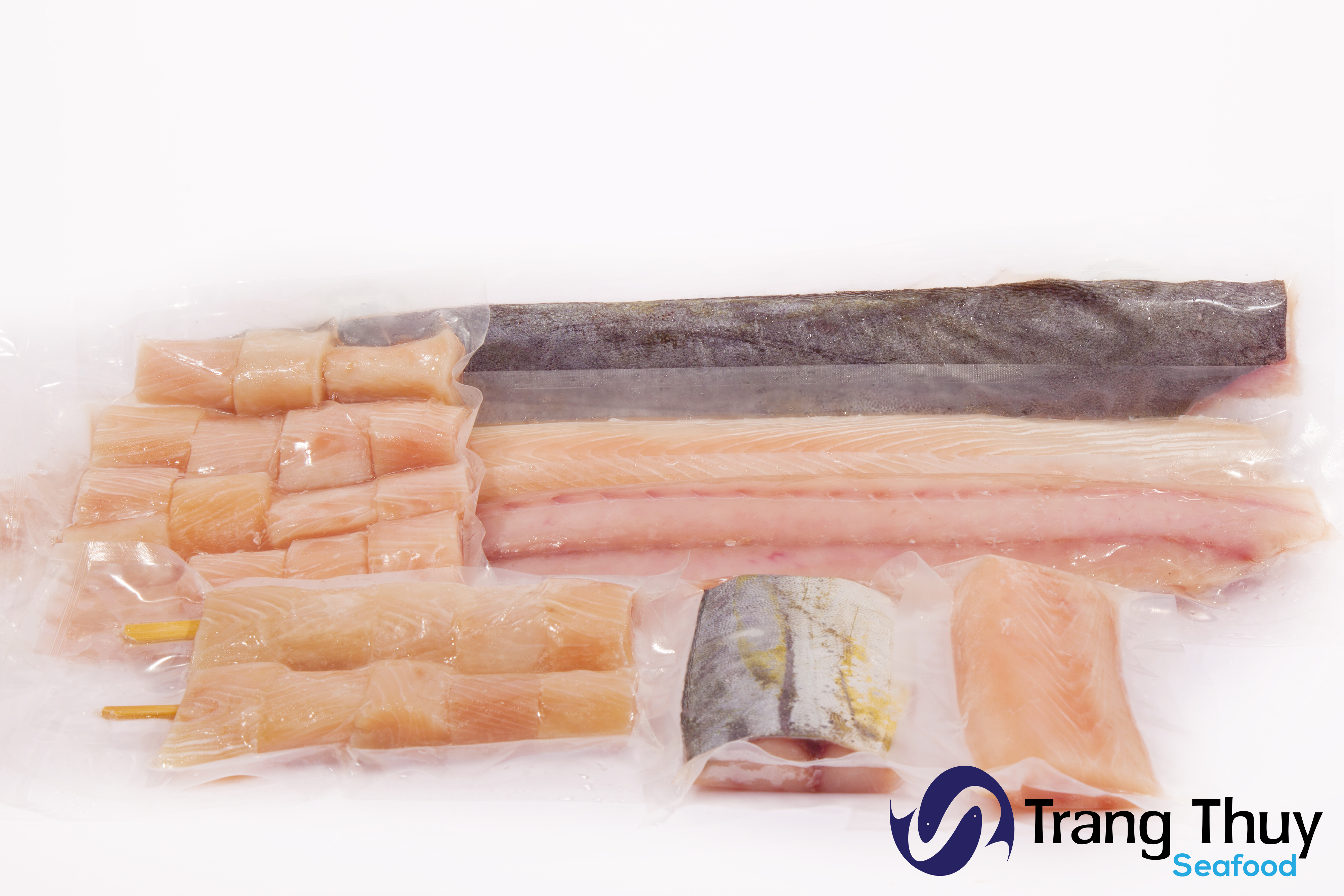By Bonnie S Benwick
(GMT + 1)
Standing in your supermarket seafood department, you see a counter with fillets of salmon, cod and tuna bedded on ice. Their tenderness beckons. Somewhere nearby, packages of those same fish and more, each fillet vacuum-sealed, wait behind a freezer glass door. They look... Well, you can’t quite tell, but the labels indicate where the stuff comes from and its sustainability. Which ones will go in your basket?
In many cases, the frozen fish is less expensive and ought to be a slam-dunk. Yet “fresh is best” has been hammered home as a selling point for so many people fortunate enough to have the choice that they will opt for what’s on display.
Why go frozen? “It is a major win for sustainability,” says Barton Seaver, the Maine-based chef and seafood educator who once called Washington home. “It decreases waste and takes advantage of seasonal bounty to spread its availability throughout the year.
 Frozen mahi mahi products produced by Trang Thuy Seafood Co., Ltd
Frozen mahi mahi products produced by Trang Thuy Seafood Co., Ltd
“From the introduction of micro-misting to more powerful and rapid deep-freeze technologies at lower temperatures, the process has really turned the frozen product ... into a means to capture pristine quality,” he says.
Experts agree about those advances in technology, which can allow consumers to buy fish that is frozen mere hours after being harvested. The “fresh”-looking fish at the counter may be weeks old, and, these days, a good portion of it might be labelled “previously frozen” – all of which means that frozen can be fresher, or at least in better condition.
At the consumer level, though, frozen fish is still seen as less than optimal. You can’t open a package and smell it – a historically fail-safe test of quality – although I can’t remember the last time I saw a supermarket shopper ask to sniff first before buying.
Wegmans stocks half as much frozen fish as it does fresh, says Steve Philips, the East Coast grocery chain’s seafood group manager. With a few exceptions, the supermarket’s fresh fish on display has not been previously frozen – in part, he says, because Wegmans noticed that its customers “weren’t moving over to the frozen case”. The result is that its seafood department pulls fresh fish after two days in the case and destroys it; none of it is repurposed for in-house use.
Source: https://www.independent.co.uk/life-style/food-and-drink/fish-frozen-fresh-sustainability-best-cooking-tips-advice-a8426761.html